Templo Cheongansa (천간사)
12.7Km 2021-09-28
Bulgwang-ro 10-gil 20-8, Eunpyeong-gu, Seúl
Originalmente, el templo Cheongansa fue construido en 1960, pero por obras de urbanismo fue demolido y construido de nuevo en 2009. Por su diseño único y belleza arquitectónica, fue galardonado con el premio al Mejor Hanok de Corea en 2011.
Ibis Style Ambassador Seoul Gangnam (이비스 스타일 앰배서더 서울 강남)
12.7Km 2020-03-30
431, Samseong-ro, Gangnam-gu, Seoul
+82-2-3011-8888
The Ibis chain has a network of over 703 hotels in 36 countries worldwide. The Ibis Style Ambassador Seoul Gangnam is located in the international district of Gangnam-gu and offers 317 guestrooms, two business meeting rooms, a wine bar (Le Bar), a restaurant (La table), fitness center, men’s sauna, and an underground parking lot. The guestrooms feature a refined modern design and top class hotel services are available all for very reasonable rates. The Ibis Seoul is situated at the center of Gangnam, and its proximity to COEX’s International Convention Hall makes it a good choice for visitors participating in conferences or exhibitions. Some of the hotel’s amenities include a business center, coin laundry facilities, a vending machine stocking drinks/living essential products, high-speed internet in every room, personal safes, and spacious rooms where guests can work and relax easily.
Seoul Wave Art Center (서울웨이브아트센터)
12.7Km 2024-08-06
Jamwon-ro 145-35, Seocho-gu, Seúl
Hotel Elle Inn (엘르인호텔)
12.7Km 2025-07-17
24, Hangang-daero 71-gil, Yongsan-gu, Seoul
02-792-8700
Malta Tuna (몰타참치)
12.7Km 2025-06-20
26, Samseong-ro 85-gil, Gangnam-gu, Seoul
This is a place that sells filleted raw tuna using various tuna parts. This restaurant's signature menu is sliced raw tuna. This Japanese cuisine restaurant is located in Gangnam-gu, Seoul.
Naneungi (나능이)
12.7Km 2020-05-18
4, Bongeunsa-ro 38-gil, Gangnam-gu, Seoul
+82-2-517-4322
Naneungi is a restaurant specializing in mushroom cuisine. Using exquisite and nutritious neungi mushrooms, Naneungi is dedicated to serving delicious healthy food to visitors.
Byeokje Galbi Bangi(벽제갈비 방이)
12.8Km 2020-12-24
1-4 Yangjae-daero 71-gil Songpa-gu Seoul
+82-2-415-5522
Only the top 1% Hanwoo (Korean beef) is used. This Korean dishes restaurant is located in Songpa-gu, Seoul. The representative menu is rib eye steak.
Bongpiyang (봉피양)
12.8Km 2021-04-20
1-4, Yangjae-daero 71-gil, Songpa-gu, Seoul
+82-2-415-5527
Operated by Byeokje Galbi restaurant, Bongpiyang (Bangi Branch) is the main store, featuring Pyeongyang-style naengmyeon (cold buckwheat noodles) and dwaejigalbi (pork ribs). In particular, the combinations of deep meat broth and high-purity buckwheat noodles give a great taste.
Hotel Samjung (호텔 삼정)
12.9Km 2021-05-11
150, Bongeunsa-ro, Gangnam-gu, Seoul
+82-2-557-1221
Hotel Samjung is located in the middle of the busy Gangnam area. The hotel aims to serve as a restful retreat for weary business guests. The guestrooms are designed artfully in different themes by floor. The hotel features a large-scaled banquet hall, a wedding hall, and restaurants as well as other facilities including a sauna, fitness center, business center, and a wedding gallery.
Parque Hyochang de Seúl (서울 효창공원)
12.9Km 2023-04-07
Hyochangwon-ro 177-18, Yongsan-gu, Seúl
+82-2-2199-8823
El Parque Hyochang, de 122.245 metros cuadrados, está situado en Hyochang-dong y Cheongpa 2-dong. Es un lugar histórico, que antes contenía varias tumbas reales, era conocida en aquel entonces como Hyochangwon. Las tumbas, que estaban originalmente en Hyochangwon, son del príncipe heredero Munhyo (primogénito del rey Jeongjo, que fue muerto con solo 5 años), la Noble Consorte Real Uibin del Clan Seong (concubina real del rey Jeongjo y madre del príncipe heredero Munhyo), la Noble Cosorte Real Sugui del Clan Park (concubina real del rey Sunjo), y su hija, la princesa Yeongon. Las tumbas reales fueron trasladadas al cementerio real Seosamreung durante el período colonial japonés. En 1924, el Imperio Japonés implementó la renovación de Hyochangwon para convertirlo en un parque, y en 1940, el gobernador general japonés, oficialmente, designó este sitio como un parque.
En la actualidad, algunos de los grandes líderes coreanos están enterrados en el Parque Hyochang. La mayoría de los restos son de activistas independentistas frente a Japón, incluyendo Yoon Bong-gil, Lee Bong-chang y Baek Jeong-gi, cuyas sepulturas son colectivamente conocidas como “Samuisa-myo” (tumbas de los tres mártires). Una estatua de Lee Bong-chang se levanta en el cementerio. Otros mártires patriotas que están inhumados en el parque son Kim Koo y algunos de los personajes importantes del Gobierno Provisional de Corea, tales como Lee Dong-nyeong, Cha I-seok y Cho Seong-hwan. El santuario ancestral, llamado Uiyeolsa, se encuentra al lado de la puerta principal y cuenta con los retratos de los difuntos independentistas.
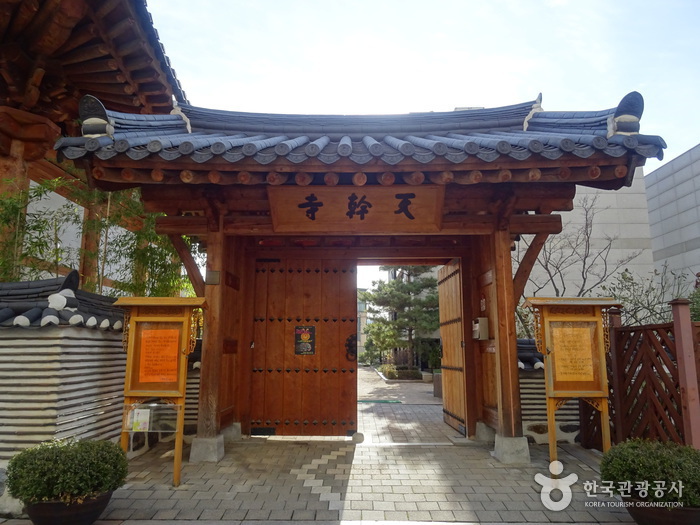
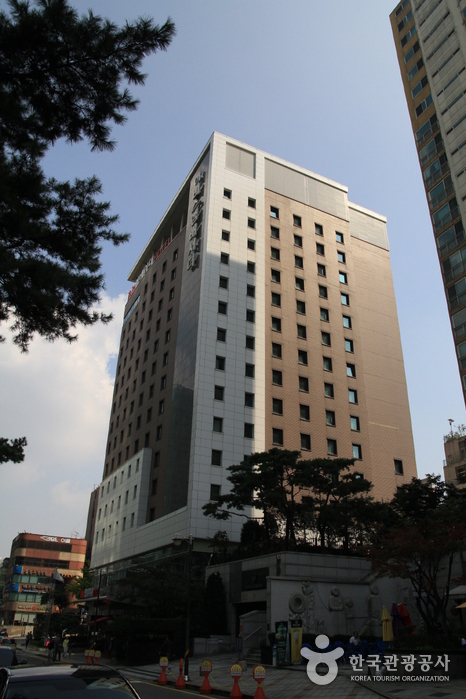

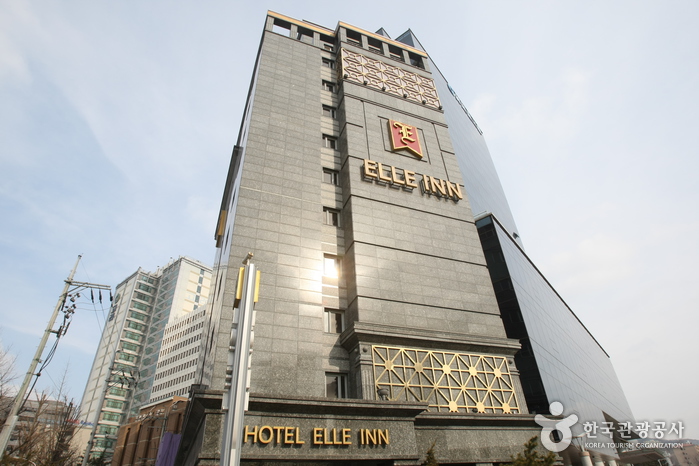
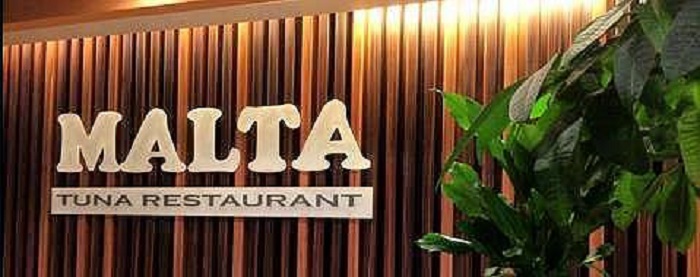
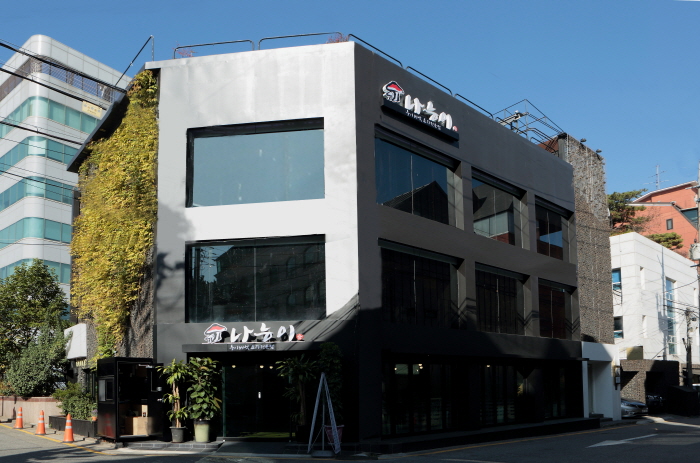
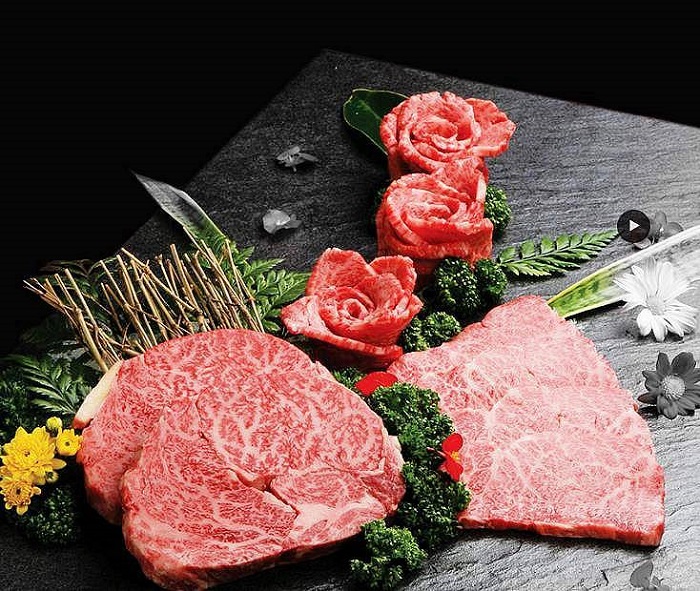
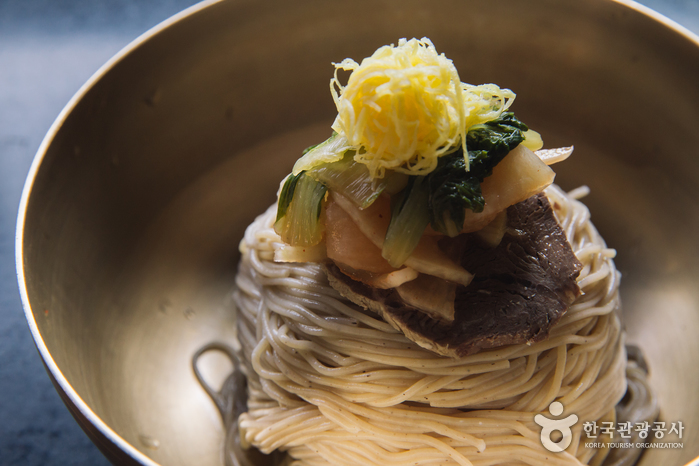
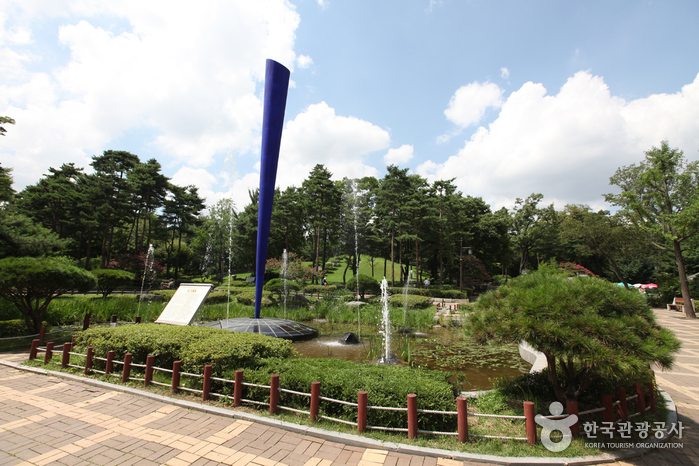
 Español
Español
 한국어
한국어 English
English 日本語
日本語 中文(简体)
中文(简体) Deutsch
Deutsch Français
Français Русский
Русский